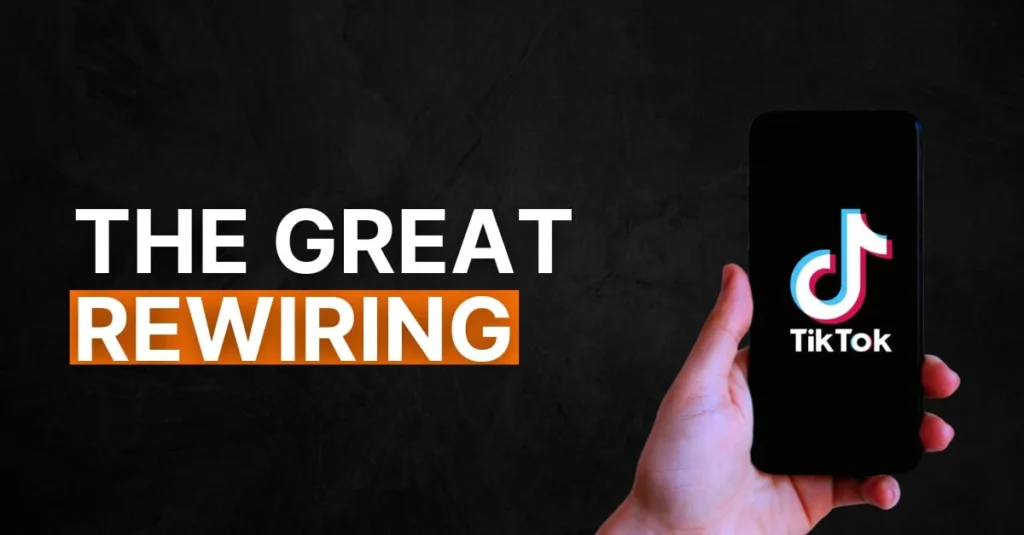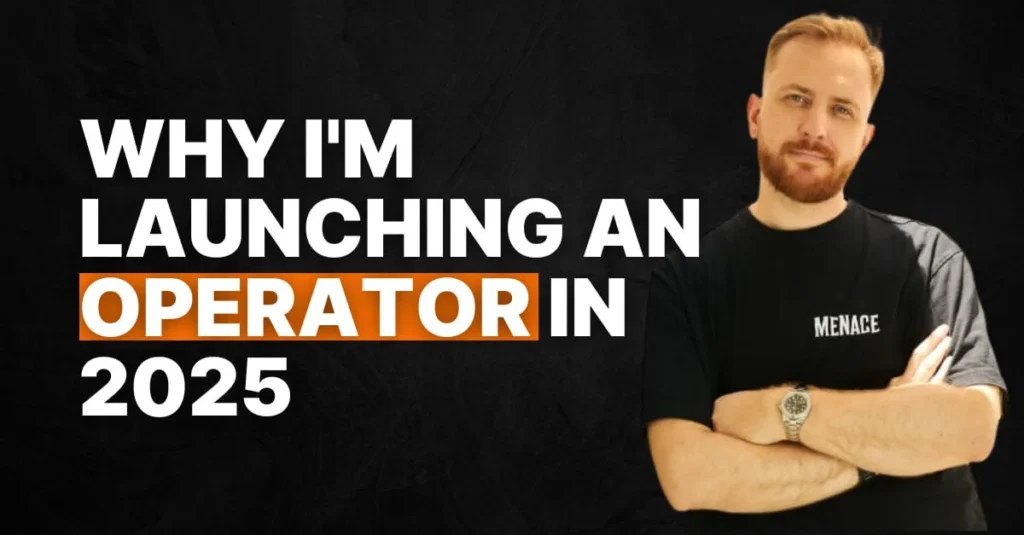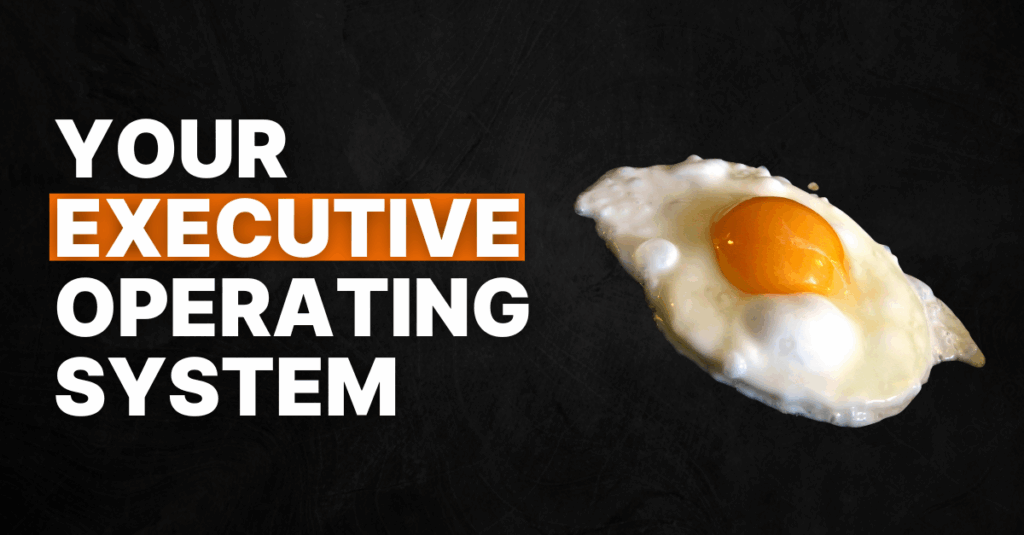Somewhere, a CMO is celebrating their “award-winning” responsible gambling campaign. They shouldn’t be.
GambleAware just dropped a study that should terrify every operator in the industry. They tested five different “safer gambling” videos against a control group—people who watched a gardening video and then got offered a gambling app. The results? Two operator-led campaigns didn’t just fail to discourage gambling. They made people significantly more likely to gamble than if they’d seen nothing at all.
Here’s what makes this particularly brutal: This wasn’t measuring what people said they’d do. It measured what they actually did in a simulated environment. 4,013 participants watched a video, then immediately faced a binary choice: click through to a gambling app or close the pop-up. No surveys, no self-reporting, just behaviour.
The baseline was 6% of people clicking through after watching a gardening video. Then:
The Backfire (Increased Gambling):
- William Hill’s “Top Tips for Positive Play”: 18% click-through, 3.5x increase (p<0.001)
- 888’s “Made to Play Safely”: 15% click-through, 2.8x increase (p<0.001)
The Neutral (No Effect):
- Betfair’s “Play at Your Best”: 4% click-through
- BGC’s “Take Time to Think”: 6% click-through
The Only One That Worked:
- GambleAware’s “Magnets”: 3% click-through, 48% reduction
The difference? GambleAware’s came from an independent source, used a serious tone, and treated gambling as an actual risk rather than “fun that needs managing.”
The Promotional Bleed Problem
Here’s why this happens, and why it’s not a messaging problem—it’s structural.
When William Hill created their video, they used football pundits, banter, and an upbeat tone. The whole thing felt like… well, a William Hill ad. Because that’s what participants thought it was. When asked what message they took away, people literally said: “No idea. I switched off as soon as I saw it was about a gambling company.”
888’s video was even worse. High energy, flashing visuals, “Made to Play” framing. It looked and felt like product promotion, just with a thin veneer of responsibility messaging.
The attitudinal data reveal the damage:
- 45% of 888 viewers thought it suggested gambling was “harmless fun”
- 25% said it made them want to gamble (vs. 11% for GambleAware)
- 38% of William Hill viewers got the same “harmless fun” message
- 63% trusted the William Hill brand—but that trust lowered their guard
This is promotional bleed. Every brand asset that makes an operator successful at acquisition (the colours, the fonts, the ambassadors, the energetic tone) makes them terrible at protection. You can’t use the same toolkit that gets people excited about betting to then tell them to be careful about betting. The brain doesn’t work that way.
But there’s something deeper happening here. These “responsible gambling” messages aren’t just failing to discourage behaviour, they’re actively providing rationalisation. When someone sees a message about “playing responsibly” or “staying in control,” especially wrapped in the fun, energetic branding they associate with the operator, their brain processes it as permission. The implicit message becomes: “Gambling is fine, even positive, as long as you do it responsibly.”
This is particularly dangerous when you consider the broader marketing context. These RG videos don’t exist in a vacuum. They sit alongside high-energy promotional content, celebrity endorsements, and odds boosts. The RG message becomes the disclaimer that makes everything else okay. It’s the psychological equivalent of “I can have this dessert because I went to the gym earlier.” The responsibility framing doesn’t discourage the behaviour; it neutralises the guilt.
The effect was strongest among 18-34 year olds, which should worry everyone thinking about the future of this industry. But here’s the thing: The statistical model controlled for problem gambling severity (PGSI scores). The backfire effect held regardless of whether someone was already at risk. The videos themselves drove the behaviour.
The only message that worked came from GambleAware. Independent source. Dark, uncomfortable tone. One participant described it as “unpleasant to watch, and so this would hopefully put people off.” That’s what protection looks like. Not fun, not branded, not reassuring. No rationalisation offered.
The Questions Nobody Wants to Ask
This study creates an uncomfortable reality: Operators may be structurally incapable of creating effective RG content.
It’s not about execution or creative quality. It’s that the very thing that makes an operator’s brand valuable (trust, energy, cultural relevance) is exactly what makes their safety messaging dangerous. Every piece of brand equity works against the intended message.
Think about the regulatory framework: Operators must spend 20% of their advertising budget on safer gambling messaging. This study suggests that the requirement might be making things worse. Not marginally worse. Measurably, significantly worse. We’re talking about a 3.5x increase in gambling behaviour from content that’s supposed to discourage it.
The only intervention that worked was the one not created by an operator. Which raises the obvious question: Should operators be creating RG content at all? Or should that spending be redirected to independent bodies who can message without the conflict of interest baked into every frame?
Because here’s what we’re actually dealing with: Compliance spending that creates the harm it’s meant to prevent. Millions invested in campaigns that increase problem gambling. Awards given for work that makes the situation worse.
Stricter regulations are inevitable, and they’ll likely demand even more RG content from operators. But if your brand’s campaign increases gambling likelihood by 3.5 times, you haven’t failed at messaging. You’ve proven the structural impossibility of the task.
What does it mean when the industry’s mandatory safety infrastructure is quantifiably creating more of the problem it’s designed to solve?



